The best times for telescope stargazing with minimal dew issues include early evening hours before the dew point is reached, the first hours after sunset during low humidity conditions (below 70%), cold winter nights when moisture capacity is reduced, pre-dawn observations before morning dew forms, and clear nights following weather fronts that reduce atmospheric humidity. You’ll maximize your viewing quality by planning sessions during these windows when optics are less likely to fog up. Discover how these ideal timing strategies can transform your celestial observations.
Early Evening Hours Before Dew Point Is Reached
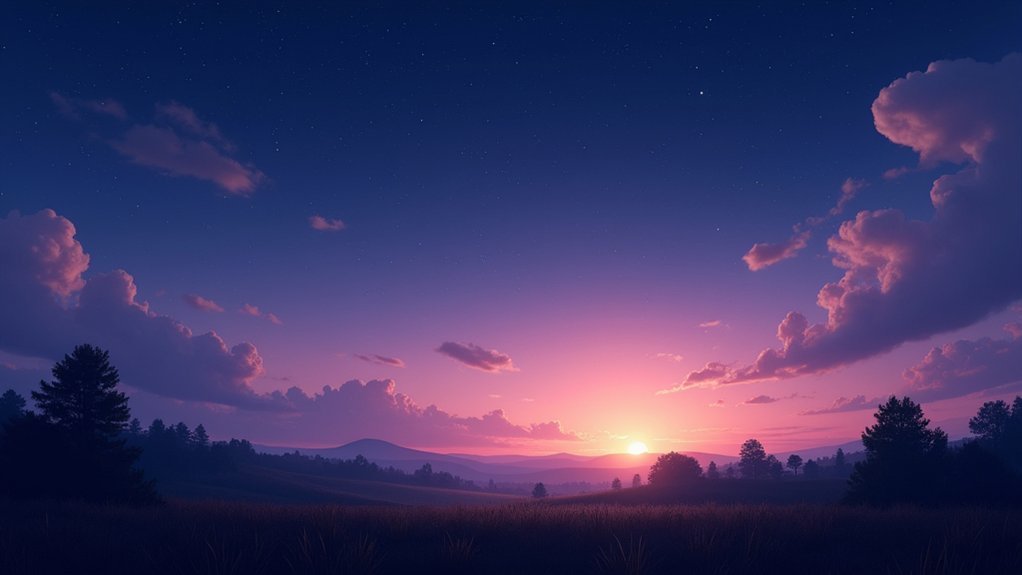
While many amateur astronomers rush to set up their equipment after dark, the early evening hours just after sunset offer prime stargazing opportunities.
You’ll find this 1-2 hour window particularly valuable since temperatures remain relatively high compared to the ambient temperature later at night.
During this golden period, your optics warm naturally, and humidity levels haven’t yet reached the critical dew point.
Once temperature drops to this threshold, moisture condenses rapidly on telescope surfaces, potentially interrupting your viewing session.
This issue is especially pronounced in summer when dew formation occurs more quickly after sunset.
By starting your observations early, you’ll maximize productive stargazing time before conditions deteriorate.
Always check local weather forecasts for humidity levels to determine how much time you’ll have before dew becomes problematic.
First Hours After Sunset During Low Humidity Conditions
Low humidity evenings offer exceptional telescope viewing quality during the first hours after sunset.
Low humidity creates perfect conditions for stargazers, with crisp views just after sunset.
You’ll find that relative humidity below 70% dramatically reduces dew formation on your optics, allowing for uninterrupted stargazing. These conditions minimize water vapour in the atmosphere, decreasing the haze that typically obscures deep-sky objects.
The temperature stability during this window creates ideal viewing conditions as celestial targets become increasingly visible against the darkening sky.
When planning your session, check weather forecasts specifically for clear sky predictions and low humidity levels. For best results, schedule your observations when the Moon is below the horizon, further enhancing contrast and visibility.
This combination of timing and atmospheric conditions will maximize your ability to observe galaxies, nebulae, and other faint objects before significant dew can form.
Cold Winter Nights When Dew Formation Is Minimal
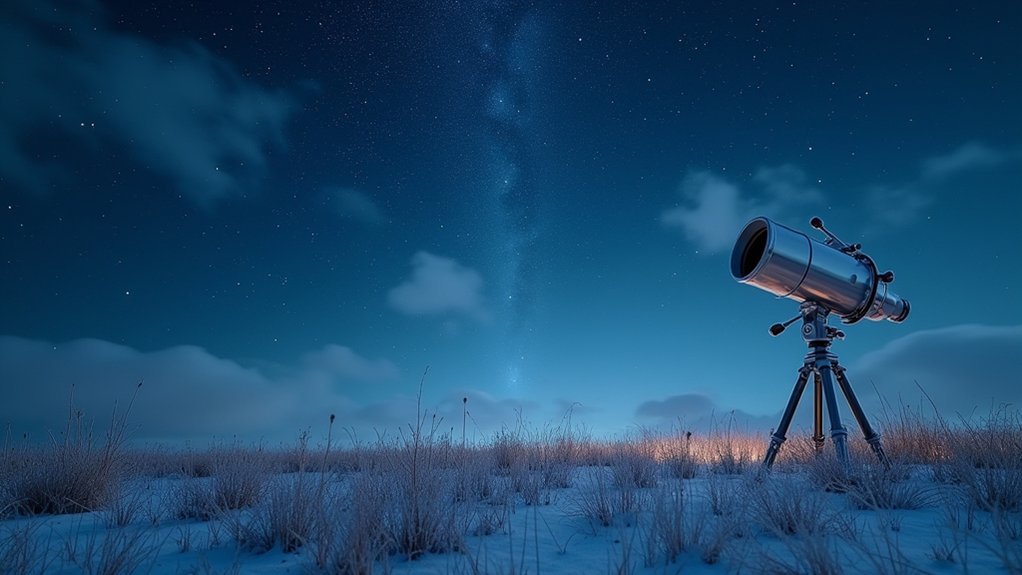
Despite their frigid temperatures, cold winter nights offer some of the best stargazing conditions you’ll encounter throughout the year. The humidity levels typically hover around 50% or lower, markedly reducing the risk of moisture accumulating on your telescope optics.
As temperatures plummet, the air loses its capacity to hold moisture, resulting in minimal dew formation compared to warmer seasons. You’ll notice clearer skies and less atmospheric moisture during winter, providing exceptional visibility for observing celestial objects.
While summer nights often leave your equipment coated in dew, winter—especially after a cold front passes through—presents ideal stargazing conditions with virtually no moisture concerns.
If you’re willing to brave the cold, you’ll be rewarded with excellent viewing opportunities and dry equipment that performs at peak efficiency throughout your observing session.
Pre-Dawn Observations When Morning Dew Hasn’t Yet Formed
Pre-dawn hours offer exceptional telescope viewing opportunities, particularly because morning dew hasn’t yet formed on your equipment.
You’ll benefit from the night’s temperature drop, which typically creates clearer skies with reduced atmospheric turbulence and minimal light pollution.
For ideal stargazing, plan your session about an hour before sunrise when ambient humidity hasn’t yet reached the dew point.
This strategic timing helps you avoid moisture accumulation on optics while still enjoying the exceptionally visible Milky Way, especially on moonless mornings.
The pre-dawn period’s steadier atmospheric conditions provide crisper celestial views compared to later hours.
If you’re concerned about potential dew formation, consider using dew heaters as a precaution, though they’re often unnecessary if you conclude your observation before temperatures approach the dew point.
Clear Nights Following Weather Fronts That Reduce Humidity
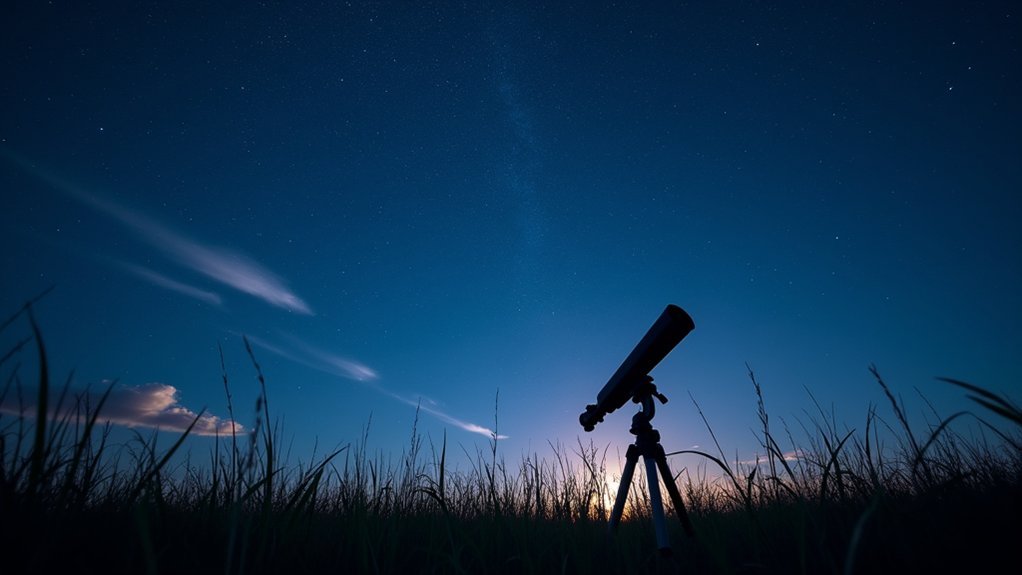
When weather fronts sweep through your area, they often leave behind ideal telescope viewing conditions. As a cold front passes, temperature falls considerably, stabilizing the atmosphere and creating remarkably clear nights.
You’ll notice humidity levels dropping below 70%, which dramatically reduces dew formation on your telescope optics.
This post-frontal environment creates exceptional stargazing conditions with minimal moisture in the air. Without water vapor interfering with your view, you’ll enjoy enhanced visibility of celestial objects, particularly faint deep-sky targets that moisture typically obscures.
To maximize your viewing experience, check weather forecasts for approaching fronts and plan your observation sessions for the nights immediately following their passage.
These weather fronts deliver the dry, stable air that serious astronomers prize, allowing your telescope to perform at its optical best.
Frequently Asked Questions
When to Use a Dew Heater on a Telescope?
You’ll want to use a dew heater when humidity exceeds 70% or the temperature approaches the dew point. Activate it before dew forms, ideally at the beginning of your observing session.
How to Prevent Dew on Telescope?
To prevent dew on your telescope, you’ll need to use dew heaters, attach a dew shield, store it warmly before use, create airflow with fans, and monitor humidity levels during your observing sessions.
What Time Is Best for Telescope?
You’ll get the best telescope views after astronomical twilight ends when skies are darkest. Avoid bright moonlight nights and aim for times when the Sun is well below the horizon for ideal celestial object visibility.
Under What Conditions Would Dew Form on a Telescope?
Dew will form on your telescope when humidity is high (especially above 70%) and temperatures drop to the dew point. You’ll notice this most during summer nights or near water sources when air becomes saturated.
In Summary
You’ll find that timing your stargazing sessions strategically helps overcome dew challenges. Try observing during early evening before the dew point, immediately after sunset when humidity’s low, on cold winter nights, pre-dawn hours, or after weather fronts pass through. With these ideal windows and proper equipment protection, you’ll maximize your telescope’s performance and enjoy clearer views of the night sky despite dew conditions.
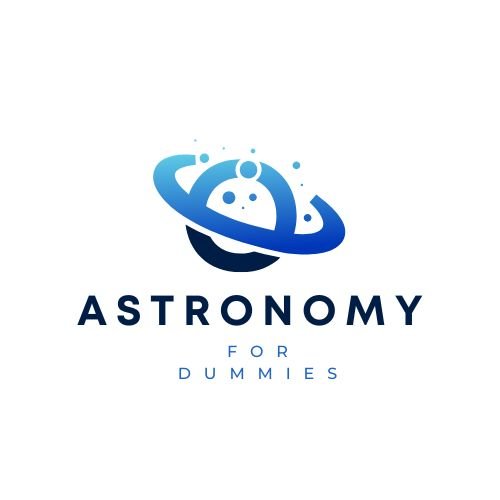
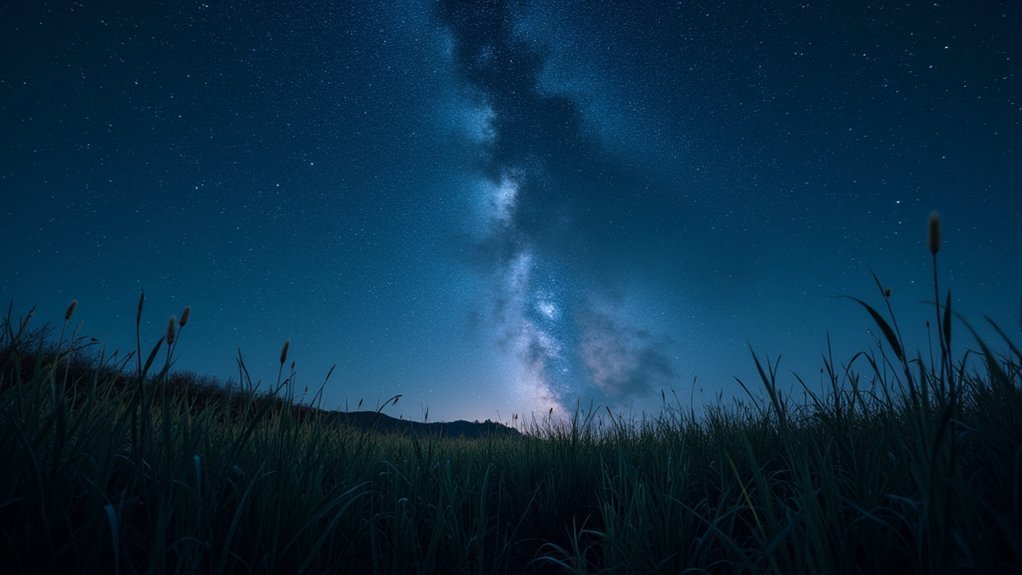


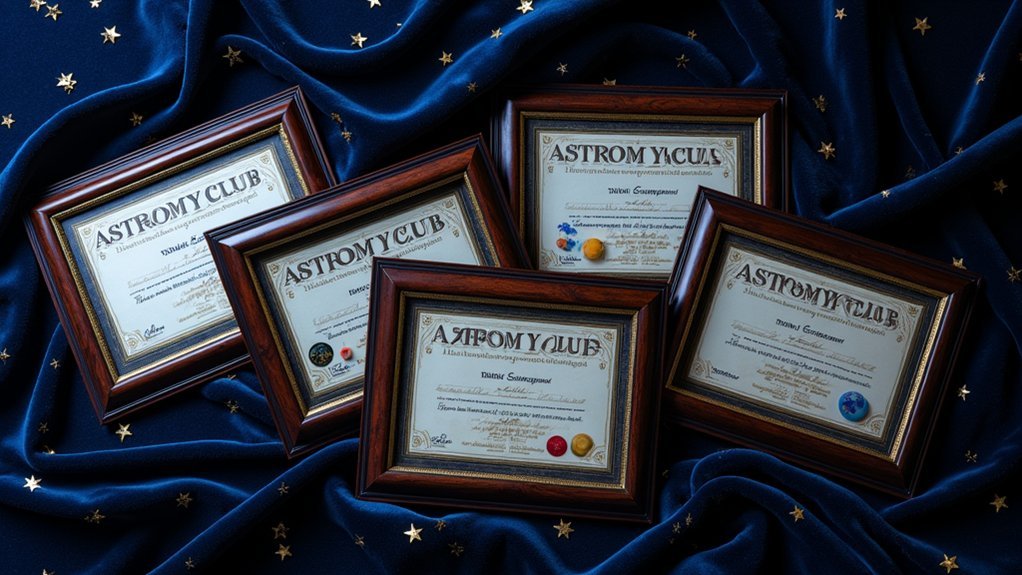
Leave a Reply